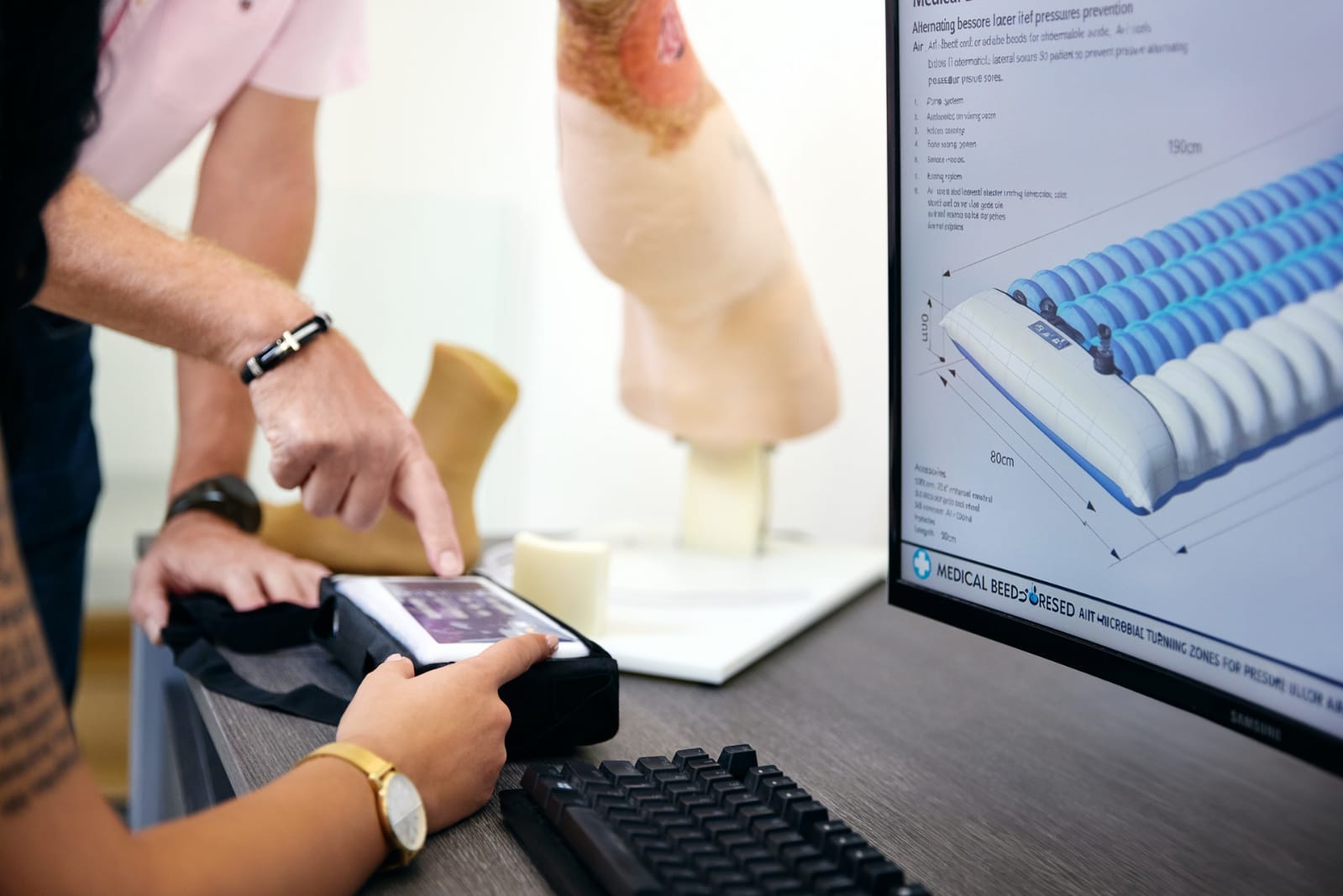Medical terms change over time as our understanding of health conditions improves. The way we describe pressure injuries has gone from “bedsores” to “pressure ulcers” and now to “pressure injuries.” But why does this shift matter? More than just words, these changes impact how we prevent, diagnose, and treat these injuries. Understanding this evolution gives us a clearer picture of how medical care has advanced in managing and preventing pressure injuries.
From “Bedsores” to a More Accurate Description
For many years, people referred to these wounds as bedsores, a term that highlighted their connection to long periods of bed rest. Another term, “decubitus ulcer,” comes from the Latin word decumbere, meaning “to lie down.” These phrases were widely used because these injuries were most commonly seen in bedridden patients.
However, doctors and researchers later realized that these terms didn’t fully explain the problem. Pressure injuries don’t just happen from lying in bed too long. They result from a mix of pressure, friction, shear forces, and moisture, all of which weaken the skin and damage the tissue underneath. The old terminology failed to capture these multiple causes and how they impact the body.

Why “Pressure Injury” Became the Standard
By the late 20th century, medical professionals started using the term “pressure ulcer” because it more accurately described the condition. It highlighted that prolonged pressure was the main reason these wounds formed, aligning with what doctors had learned about how they develop.
Then, in 2016, the National Pressure Injury Advisory Panel (NPIAP) introduced a new change—switching from “pressure ulcer” to “pressure injury.” The goal was to include all levels of damage, even those where the skin looked intact but had deep tissue injury underneath. This new term was broader and more precise, ensuring that even early-stage injuries received attention before they worsened.
Why Terminology Matters in Healthcare
Changing how we describe pressure injuries has had a real impact on how they are identified, treated, and prevented. Here’s why this shift is important:
- Helping with Early Detection
Using “pressure injury” encourages healthcare providers to look for early warning signs, like skin redness or slight discoloration, even when there’s no open wound. Spotting these signs sooner allows for faster intervention and helps prevent the injury from getting worse.
- Improving Medical Records
Having consistent terminology makes documentation clearer and more standardized. This is crucial for tracking patient progress, conducting research, and ensuring that hospitals and clinics meet healthcare regulations. When everyone uses the same language, communication between medical teams improves.
- Educating Patients and Caregivers
Patients and their families need to understand what’s happening and how to prevent further damage. Using the term “pressure injury” makes it easier for healthcare providers to explain the risks, early signs, and prevention methods in simple terms. This helps patients take better care of their skin and reduces the chance of serious complications.
Advancements in Pressure Injury Prevention
As medical terminology has evolved, so have the technologies used to prevent and manage pressure injuries. Modern solutions, like the ABeWER multiTURN® 6 automated lateral turning mattress, are designed to support early prevention and treatment.
This advanced mattress helps reduce the risk of pressure injuries by using:
- Automatic turning technology to shift patients without manual repositioning.
- Alternating pressure systems to improve blood circulation and reduce prolonged pressure on any one area.
- Moisture control features to keep the skin dry and prevent irritation.
These innovations align with current medical knowledge and make it easier to protect patients who are at risk.
How Language Shapes Patient Care
The shift from “bedsores” to “pressure injury” isn’t just about words—it reflects a bigger change in healthcare. Medical professionals are now focusing more on prevention, early treatment, and patient-centered care. By recognizing pressure injuries before they become severe, doctors and nurses can take action sooner, leading to better patient outcomes. At the same time, new technologies like the multiTURN® 6 are helping caregivers provide better support with less physical strain. When better terminology and better tools come together, patient care improves, and the risk of pressure injuries decreases.



































